I don’t think people say that Mass Effect “feels like sci-fi,” or The Witcher “feels like fantasy.” But people do say that Red Dead Redemption “feels like a Western,” and I’m compelled to agree. Why? Listen to the game.
You’ll hear why.
You’ll hear how sound can make a gaming world far more interesting than it is given credit for. Many games have great sound design, not just Red Dead Redemption, but in my opinion, Rockstar’s game is one of the best examples of great sound design in video games.
Let’s begin before the game even starts:
Normally, a title screen is unimpressive. Some games play some music and the occasional sound effect, but Red Dead Redemption’s soundscape is rich and dense. Locusts wail, crickets chirp, and instruments play, but rather than any specific tune, they accentuate and fill out the audio for a few moments before it returns to a title screen. It’s a wonderful ambiance.
Approaching the fort at the start of the game, again, we encounter that same ambiance from the title screen , though it extends throughout the world. There’s this sense that we’re really there. It’s far more dense than other games, which may have just a few sounds going on.
The horse itself adds so much. You can hear the jangling of the horse’s equipment and the clopping of its hooves. When it comes to sound, there’s a lot less going on in Bioware’s latest epic.
Now we get to a gunfight, the real meat of it all. In the background, you’ve still got that ambiance going on, as well as the clank of spurs as the marshalls and rustlers rush around shooting at each other. Bullets scream by with a specific sound effect heard in many classic westerns. The second rustler shot dies with a Wilhelm Scream punctuating his passing. Guns click as they reload and roar as they fire. It’s a symphony of sounds, all working together to capture the feel of being in the Wild West.
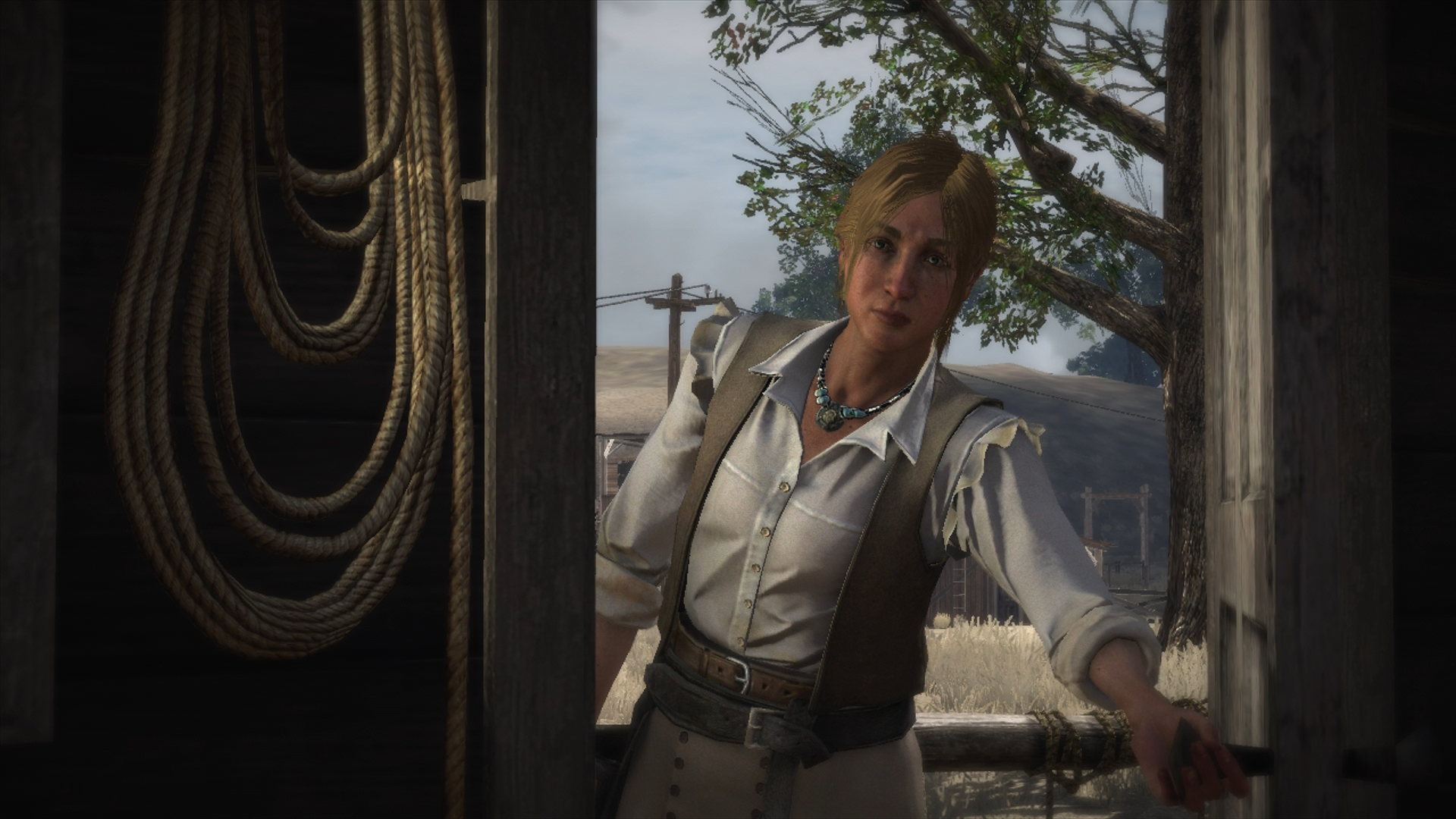
Sound You Notice… And Sound You Don’t
Red Dead Redemption’s sound design is distinct because it sounds like a western, and I don’t just mean that it has the requisite cowboy sounds. I mean that it sounds like a western movie to the point where I found myself wondering if they hadn’t just gone back and picked up their sounds from the old Hollywood films.
Part of this is because westerns often pulled from a series of stock sound effects, where other genres, like sci-fi, created their own sounds. The TIE fighters from Star Wars were a mix of an elephant trumpeting with a car racing by on a wet road, while some of the robot sounds in Transformers came from dry ice evaporating on sheet metal. Sci-fi and fantasy movies don’t share a distinct aural landscape the way that westerns did. They must carve out new spaces; westerns, in contrast, are based on real life. We know how they’re supposed to sound.
You’ve probably heard about the Wilhelm Scream, one of Hollywood’s most infamous sound effects. Each distinct form of the scream — there’s more than one version — is in the game. If I remember right, the Howie Scream is in there too, as is the ubiquitous cry of the red-tailed hawk. When playing, I could swear I heard guns and bullet ricochets from movies like The Searchers and Rio Bravo.
That may not be the case, however. The game’s audio director, James Whitcher, has an incredible interview over on Designing Sound about all the work that the Rockstar team put into Red Dead Redemption. Reading it, I get the impression that the folks at Rockstar might put more attention to detail in audio than any other studio on the planet. At one point, Whitcher talks about how he sent some foley artists to Hollywood prop houses to bring back everything Western-related, and it shows in the game’s soundscape.
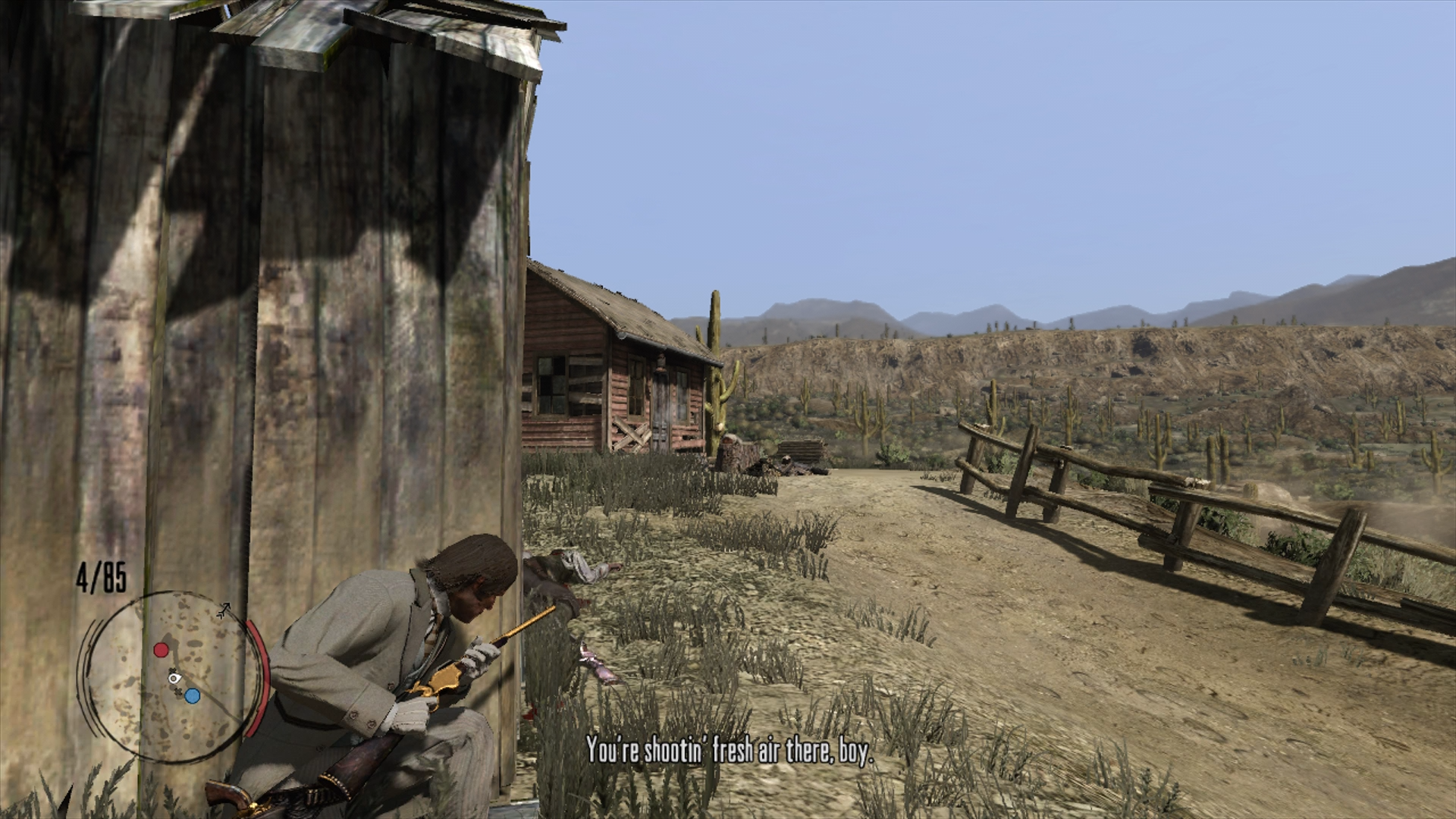
But it’s not just the game’s foley effects that make it work. The ambient music was recorded on authentic instruments from the era, giving the game a distinctive sound. Audio is heavily layered to create the texture of a real space.
A cinematography teacher of mine is fond of taking his students to the sound stage, a room that’s been specially soundproofed, and telling them to close their eyes and just be quiet. What his students find is that, gradually, they begin to hear all this stuff that they didn’t realise they were listening to. They hear breathing, the quiet shuffle of clothing, and the creaks and groans in the building the dampening couldn’t keep out.
In conscious life, our brains tend to filter out stuff that’s there in order for us to function. However, when things are missing, our brains recognise that. In essence, we need to hear things our brains may end up ignoring. Great game sound design gives us soundscapes so real that our brains may actually ignore portions of them. Not having them there would make their worlds feel fake, or at least inauthentic.
This is where Red Dead Redemption excels. It gives us a great soundscape to become a part of, then punctuates it with sound effects we’re all familiar with. It creates a world that sucks us in, then flavours it with the aesthetic identity of the genre. Red Dead Redemption feels like a Western because it sounds like a Western. It’s something not many other genres can do, and it’s certainly something other developers don’t take advantage of as they should.
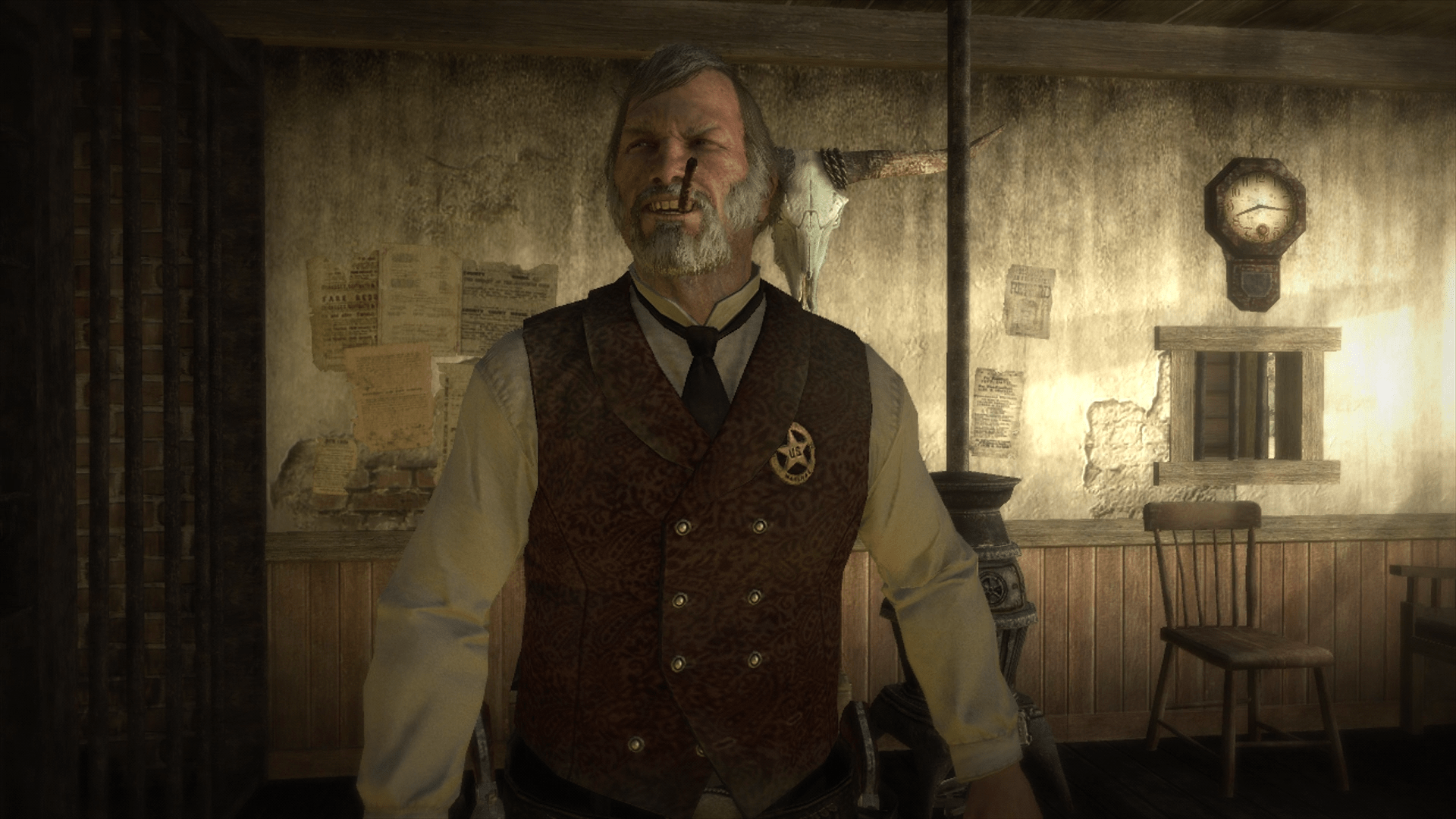
Music To my Ears
Sound design is more powerful than people give it credit for. Here’s an example: everyone seems to hate first-person platforming; it must be a law of game design. Yet, when I’ve asked people about their favourite moments in Half-Life 2, they frequently mention the bridge sequence from Highway 17, a level about halfway into the game. How is it that one of the most hated elements in first-person games could be a favourite moment of many people? Half-Life 2 doesn’t do anything mechanically special with this sequence — it’s not as if it’s magically better than other games. In fact, the bridge isn’t even a good first-person platforming sequence. Players can’t look down and see Gordon’s feet, for instance, ensuring that they’re in a safe spot to move.
Go back and play that level, but try muting the game. Remove sound from the situation. The platforming is just as tedious and annoying as it is in normal games. Unmute it, and everything changes. When people describe the bridge to me, they describe physical sensations like vertigo. Some have suggested the wind tries to push them off the bridge. None of this is actually happening — but the sound sells that in a way that graphics never could. Listening to the creaking bridge, fearing it might collapse at any minute, players nimbly cross dizzying heights as the wind whips around them. It’s all powered by sound.
Valve hasn’t found some secret to making platforming better, they have just recognised that good sound design can make seemingly bad things enjoyable by putting you in the moment.
We are visual beings first, so we tend to think in visual terms, but we’re also aural beings. We explore the world through sound just as much as sight, but because of our emphasis on seeing, sound is often ignored. A lot of my film friends have said that sound is the single most important thing in cinema; I’m inclined to agree with that.
In film school, we were actually forbidden from using sound in our early projects. Teachers explained that if we began relying on sound to establish mood, our cinematography and editing skills would suffer. Sound is so powerful that one frequent piece of advice I’ve heard given to indie filmmakers is “save your budget for the final mix.”
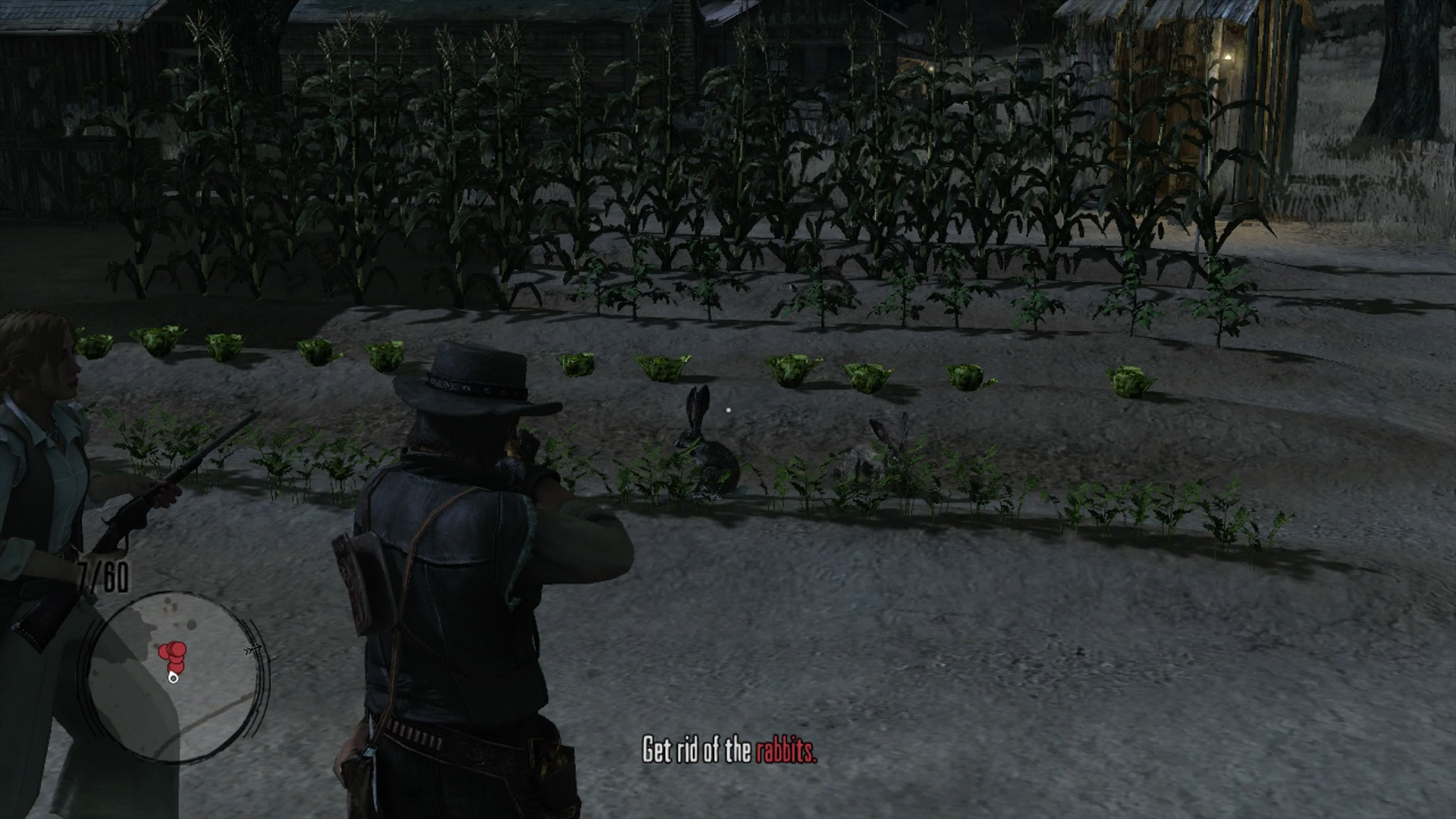
Listen And Learn
Games with truly wonderful sound design are rare, but discussion about the way games sound even less so, which is sad, because sound does so much for the experience. We navigate our worlds by hearing as much as seeing, though we rarely credit our ears as much as we should.
In Gears of War 3, enemies call out with barks like “GRIND” or “CRUSH” that lets players know what kind of enemy they will be facing, helping them adjust their tactics accordingly. Clear communication encourages a smoother, more engaging play experience. In games such as Thief: The Dark Project, sound cues not only help help players sneak through the environment, but also require players to think about what surfaces they’re walking on. A steel grate clangs under your virtual feet, potentially alerting nearby enemies. A soft carpet of moss does not.
And, of course, games such as Half-Life 2 and Red Dead Redemption immerse players in their worlds by making those worlds feel rich and full of life. Sound can transport players to situations they have never dreamed of. The next time you play a game, try listening to its audio. Really listen. Stop and hear it. It will help you enjoy the experience so much more.
GB Burford is a freelance journalist and indie game developer who just can’t get enough of exploring why games work. You can reach him on Twitter at @ForgetAmnesia or on his blog. You can support him and even suggest games to write about over at his Patreon.
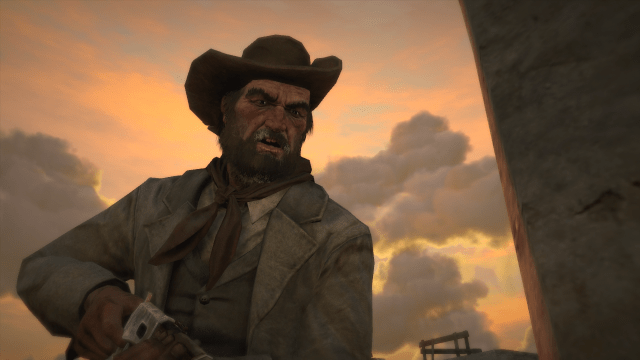
Comments
10 responses to “To Really Appreciate Red Dead Redemption, Listen To It Closely”
GTA V also has an excellent ambience soundtrack. From being in the middle of Los Santos downtown and hearing some person put their foot down in their car and hearing it echo to the hustle and bustle of Vespucci beach.
To really be immersed in the ambience, you have to don headphones, so many little sound details get lost in playing through speakers.
I don’t think there are many developers who pay as much respect to the audio in their games as Rockstar. RDR and GTAV’s soundstracks are both spectacular, 2 of the best.
I like how Far Cry 3 and 4 have handled the radio and bell towers. You can hear the wind and the creaks of the structure intensify as you get higher, then you can feel the swaying. Love it.
Please let Rockstar remaster RDR for this gen of consoles and PC. The game was so beautiful and the generation of consoles it launched on could barely run it.
I just hope it comes to PC, remastered or not.
This so much. I’d happily buy and play it again on better hardware. Always seemed a shame that the PC version got canned.
Read Dead Redemption actually has a dynamic soundtrack that responds to what you’re doing and what’s happening in the world:
That moment when you enter Mexico and Jose Gonzales starts playing – still stands out as one of the most memorable moments in gaming ever for me.
I am looking forward to this exact part of the game. It is taking a little while for me to get through it. Haha
its amazing to me that the western genre is near non existant in games, the best we have is Red Dead Revovler, Red Dead Redemption, GUN, Call of Juarez 1, 2 and Gunslinger, and that mid 90s game from lucus arts that used Bungies Marathon 2 engine
The battlefield games starting with the first bad company don’t get enough credit for their sound. Just the difference in how firing your gun sounds inside, outside with and without echo based on your surroundings. Sound even travels, you’ll see an explosion in the distance before you hear it.